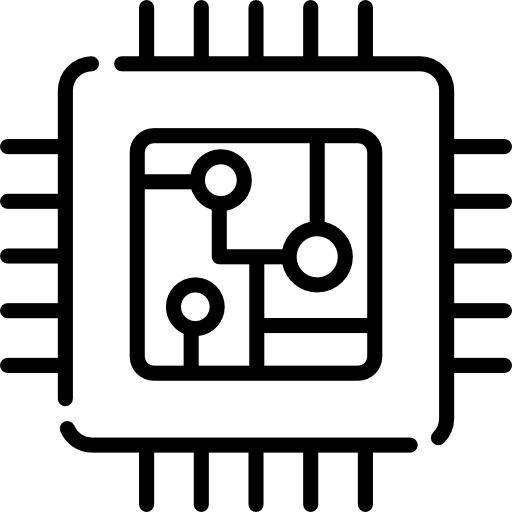Borrowed. Fill in the shape therefore we can connect one to the best person
Loan Derivatives
Typically, reports sold and bought loans into the money market through projects and participations. In addition, there is small artificial activity outside over-the-counter total price of return swaps. But, the marketplace for synthetically loans that are trading budding.
This primer will glance at three primary kinds of loan derivatives:
- Loan Credit Default Swaps
- LCDX
- Total Rate of Return Swaps
Loan credit default swaps (LCDS)
Loan credit default swaps (LCDS) are standard derivatives which have secured finance as guide instruments. The Global Settlement and Dealers Association issued a typical trade verification for LCDS contracts. As with any credit default swaps (CDS), an LCDS is actually insurance coverage. The vendor is compensated a spread in return for agreeing to purchase at par, or a pre-negotiated cost, financing if that loan defaults. LCDS allows individuals to synthetically purchase financing by going short the LCDS or offer the loan by going very very very long the LCDS. Theoretically, then, a loanholder can hedge a situation either straight ( by purchasing LCDS protection on that certain title) or indirectly ( by purchasing security on a comparable title or container of names).
Furthermore, unlike the money areas, that are long-only areas for apparent reasons, the LCDS market offers means for investors to brief a loan. To do this, the investor would purchase protection on that loan that it does not hold. Then deliver it at par to the counterparty from which it bought the LCDS contract if the loan subsequently defaults, the buyer of protection should be able to purchase the loan in the secondary market at a discount and.
A year for instance, say an account buys five-year protection for a given loan, for which it pays 250 bps. Then, in two, the loan goes into default and the market price of the debt falls to 80% of par year. The customer regarding the security may then purchase the loan at 80 and deliver it into the counterparty at 100, a 20-point pickup.
Or rather than real distribution, some purchasers of security may choose a money settlement where the difference between the present selling price in addition to delivery pricing is based on polling dealers or employing a pricing service that is third-party. Money settlement may be employed if there’s not enough paper to actually settle all LCDS agreements for a specific loan.
Introduced in 2007, the LCDX is definitely an index of 100 LCDS responsibilities that individuals can trade. The index offers a simple method for individuals to take very long or quick roles on a diverse cariscompany.com/ container of loans, because well as hedge visibility to your market.
Markit Group administers the LCDX, something of CDS Index Co., a company put up by way of group of dealers. Like LCDS, the LCDX Index can be a product that is over-the-counter.
The LCDX is reset every half a year, with participants in a position to trade each vintage of this index this is certainly still active. The index is likely to be set at a preliminary spread, on the basis of the reference instruments, and trade on a cost foundation. In line with the primer published by Markit, “the two activities that will trigger a payout through the customer (security vendor) regarding the index are bankruptcy or failure to spend a planned re payment on any financial obligation ( after having an elegance duration), for just about any associated with the constituents associated with index.”
Single-name rate that is total of swaps (TRS)
The full total price of return swap may be the way that is oldest for individuals to buy loans synthetically. In essence, a TRS permits an organization to by that loan on margin.
A participant buys from a counterparty, usually a dealer, the income stream created by a reference asset (in this case a syndicated loan) in simple terms, under a TRS program. The participant sets down some portion as collateral, state 10%, and borrows the remainder through the dealer. Then your participant gets the spread for the loan less the cost that is financial. The participant is obligated to buy the facility at par or cash settle the position based on a mark-to-market price or an auction price if the reference loan defaults.






